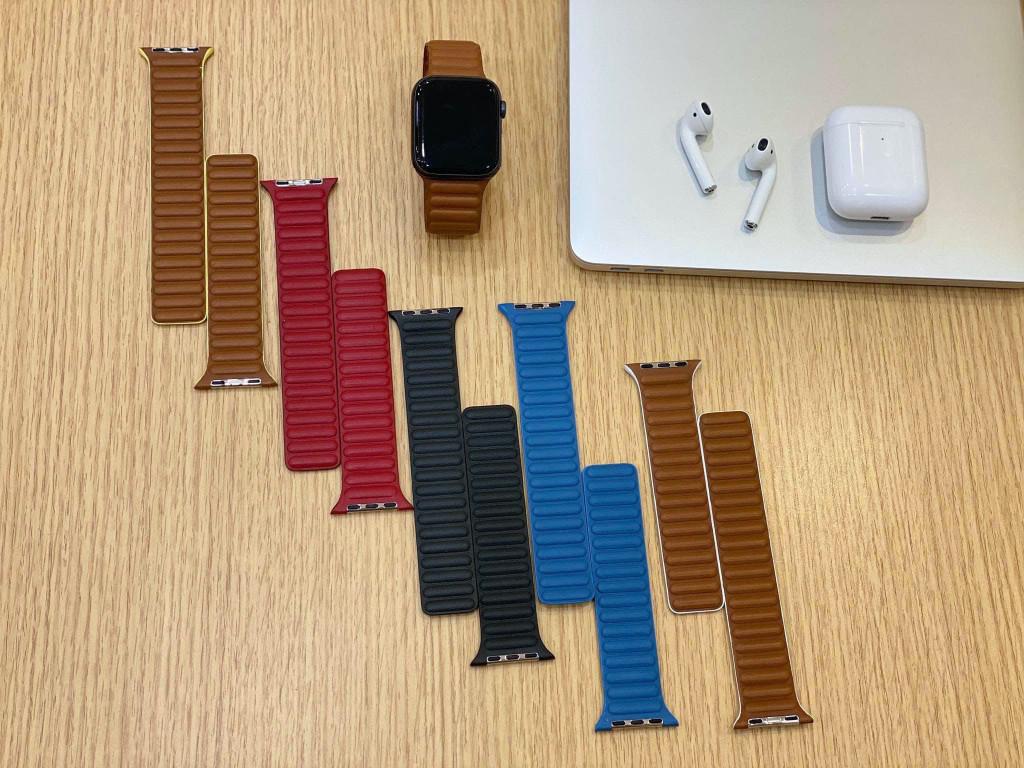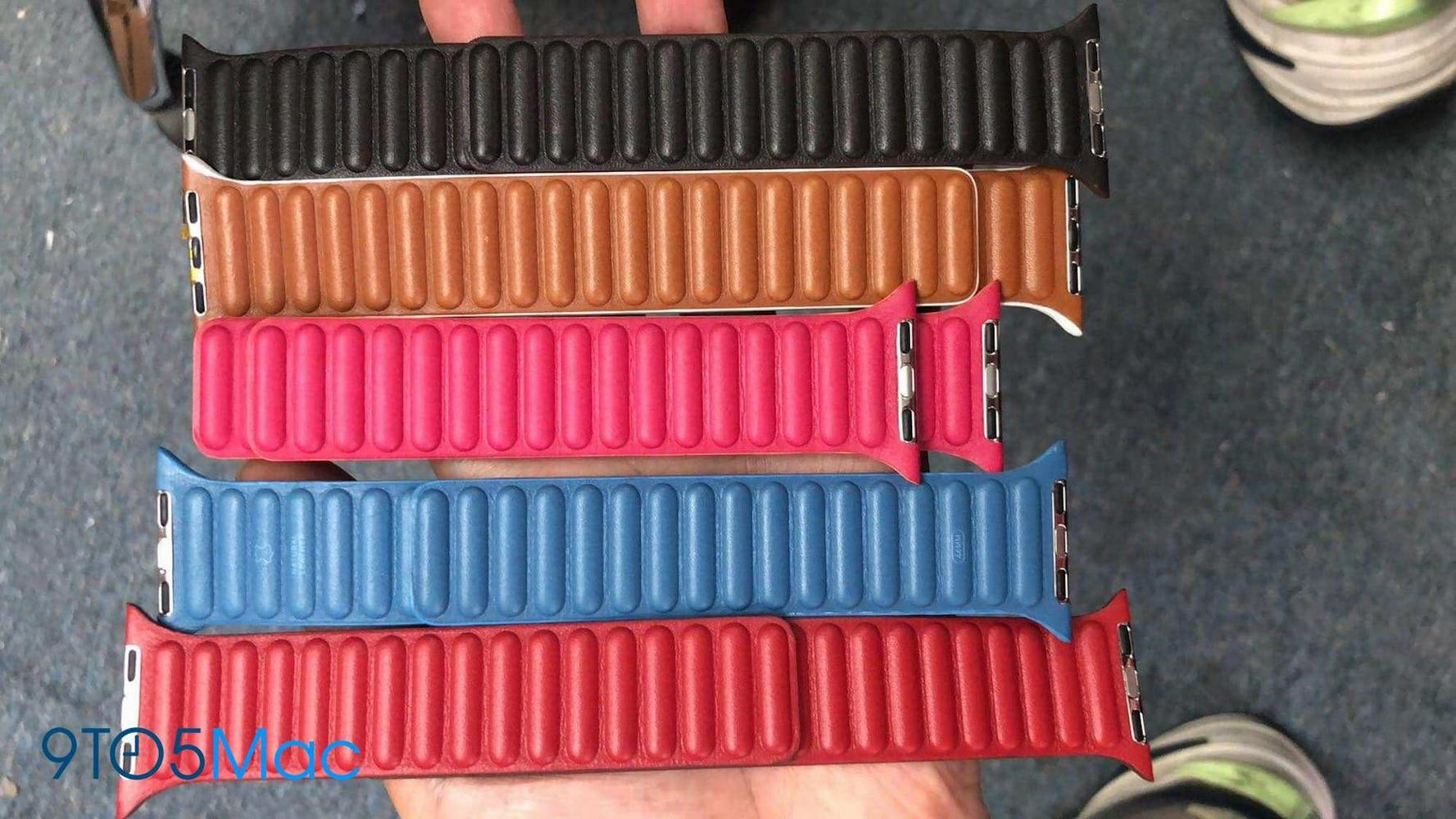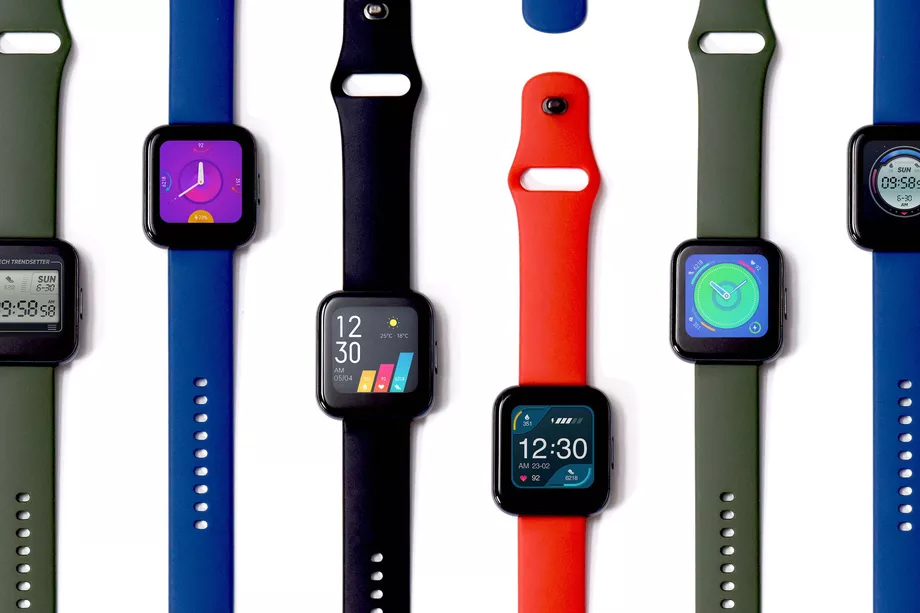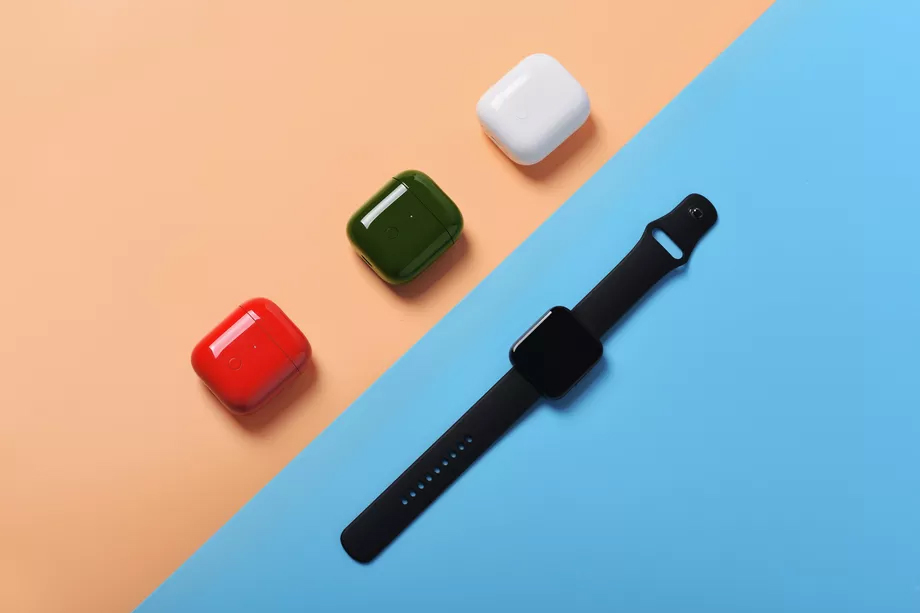iOS jailbreak can never be stopped!! New jailbreak tool works on Apple’s just-released iOS 13.5 A new tool by hacking group Unc0ver can jailbreak iOS 13.5, the just-released version of Apple’s mobile operating system, Wired reported. The group says the jailbreak, which works on iOS 11 and higher, is built on a zero-day vulnerability, doesn’t drain a device’s battery life, and doesn’t affect the use of Apple services or undermine the iOS sandbox security, according to Wired. Unc0ver’s lead developer told Wired the jailbreak adds exceptions to existing rules, and “enables reading new jailbreak files and parts of the filesystem that contain no user data.” The jailbreak tool is not open source, and the group didn’t say which vulnerability in iOS it exploited to build the tool. Jailbreaking gives a user more control over a device’s OS, allowing customization and the installation of apps that Apple would otherwise restrict. It also can be used by would-be attackers to compromise a device’s security. In earlier versions of iOS, jailbreaking was relatively common. The practice has dwindled in recent years with Apple making it more difficult to pull off, resulting in some of the most prominent jailbreak-reliant app sources closing down. unc0ver.dev
Related Feeds
Real time lyrics in Spotify finally!! theverge.com/2020/6/30/21307984/spotify-real-time-lyrics-26-markets-musixmatch-genius-apple-music-karaoke
:extract_cover()/https://meta-storage.neard.com/54b53072540eeeb8f8e9343e71f28176.20200630102008.1593512408.7578.jpeg)
Rumor: Leaked images may show redesigned Leather Loop for Apple Watch Apple could be planning a redesign for the Apple Watch Leather Loop. A tipster shared a variety of images of a new Apple Watch Leather Loop with 9to5Mac earlier this month, and now similar images have surfaced on Reddit. The tipster who reached out to 9to5Mac indicated that the new Apple Watch Leather Loop could be unveiled as soon as next month. Apple just unveiled new Apple Watch bands in celebration of Pride Month, and further announcements for the summer and WWDC 2020 are not out of the question. Apple currently sells the Leather Loop for Apple Watch in four different colors: peacock, Meyer lemon, saddle brown, and black. The Leather Loop costs $99 and is available in medium and large sizes. Following the images we received earlier this month, a new set of images has surfaced on Reddit today, also claiming to show the new Apple Watch Leather Loop as well.


Hottest new tech brand in India: Realme announces its first smartwatch and TVs! Realme’s explosive performance in India has made it one of the fastest growing smartphone brands in the world, and today the company is expanding into the nebulous “lifestyle tech” market with products in new categories. First up is Realme’s first smartwatch, imaginatively called the Realme Watch. It has a square design with a 1.4-inch 320x320 LCD display and runs what appears to be a custom version of Android. It can display notifications, control music, hang up phone calls, and do other typical smartwatch things. Realme is claiming 7 to 9 days of battery life from the watch, or 20 days in its power-saving mode. After my experience with the new watch from technological stablemate Oppo, though, I’d want to check that claim for myself. Realme’s watch has much of the same functionality as the fitness band that the brand launched in March, including a heart rate sensor, sleep monitoring, and the India-targeted cricket-tracking mode. The larger screen makes this look more like a Fitbit-style watch, though, and the bands are easily removable if you want to switch up the style. The Realme Watch will cost Rs. 3,999 (~$50) and will be available from Flipkart and Realme.com on June 5th. Next is the Realme Smart TV, a pair of Android TV sets that sees Realme follow smartphone makers like OnePlus and Xiaomi by moving into the TV market in India. There’s a 32-inch 720p option and a 43-inch 1080p model — no 4K option here, though Realme claims the sets support HDR10 and HLG, reaching up to 400 nits of brightness. They use a quad-core MediaTek processor and have Dolby Audio-certified 24W quad speakers. The TVs will go on sale on Realme’s website and on Flipkart on June 2nd. The 43-inch set will sell for Rs. 21,999 ($290) while the 32-inch model is Rs. 12,999 ($170). Other products announced today include the Rs. 2,999 ($40) Realme Buds Air Neo, a better-sounding pair of truly wireless earbuds, along with a new 10,000mAh power bank for Rs. 999 ($13). They’ll both be available today.



